Client success is at the heart of any thriving business. It cultivates lasting relationships and fosters trust and loyalty with customers engaging with your products or services.
With a saturated software market, client success can be the differentiating factor that elevates a company, turning satisfied customers into passionate advocates and fueling long-term growth and prosperity.
I’m Thierry Samson, Senior Client Success Director at Bazaarvoice, and I've been on a decades-long journey to understand and define the essential components that drive true success with our clients.
Over time, I've distilled this down to four core dimensions that guide my daily interactions and decisions:
- Maintain governance
- Articulate strategy
- Agree on plan
- Evidence performance
They’ve not only shaped my approach to customer success but have become the compass that directs every email, meeting, and strategy I implement.
Let me share with you how these four building blocks have evolved and how they can be applied to make a tangible difference in your client relationships.

The growth and challenges of client success profession
The client or customer success profession is on a triumphant rise. According to Nick Mehta, CEO of Gainsight, there are around 250,000 customer success professionals today, a figure that is growing.
The remarkable thing is that this profession didn't exist 20 years ago. Today, it's an evident and essential function across all SaaS or subscription sectors. We're seeing not only sheer employment growth but also professional recognition.
Despite this success, some challenges need to be addressed, particularly around clarity and alignment within the role.
While interacting with colleagues and clients, I've noticed some confusion about the precise nature and responsibilities of Client Success Managers (CSMs). Some companies have even renamed their Account Directors or customer service people as CSMs, leading to a blend of old habits and new expectations.
Additionally, the role's interpretation may vary from one organization to another, leading to inconsistencies in what CSMs do.
These challenges have led me to ponder what is truly essential in the job of a client success professional. The profession's growth and potential are undeniable, but a more aligned and transparent understanding of the role could enhance its effectiveness and perception across various sectors.

The four core dimensions of client success
In the pursuit of clarity and stronger relationships with clients and colleagues, I've defined four core dimensions that I believe are essential to the role of client success. These are not only critical for introducing oneself as a client success professional but also for conveying the value that one brings to the table.
Governance
Maintaining governance is about having a clear structure, rules, and guidelines that guide the relationship with the client. It involves the decision-making processes, responsibility allocation, and ensures that everyone involved knows their roles and expectations.
Strategy
Articulating a strategy means defining the direction and approach to achieving specific goals with the client. It's about aligning the client's needs and expectations with the capabilities and solutions offered. Strategy acts as the roadmap to success.
Plan
Agreeing on a plan refers to establishing concrete steps, timelines, and milestones to achieve strategic goals. It involves collaboration and clear communication between all parties to ensure that everyone is on the same page, working towards the same objectives.
Performance
Evidencing performance means showcasing tangible results, achievements, and improvements. It's about making the success and progress of the project visible and measurable, allowing the client to see the value and impact of the services provided.
By focusing on these dimensions, client success professionals can create clear, aligned, and successful relationships with clients. It reinforces the understanding of the role and helps both clients and colleagues identify exactly what a client success professional does and brings to the table.
Let’s explore each one in more detail.
Maintaining governance in client success
Maintaining governance is a vital aspect of client success, ensuring that clear expectations are set and fulfilled, decisions are made effectively, and the right stakeholders are engaged at the right times. Let's explore the key aspects of governance within client success:
Identify the stakeholders: People map
- Understanding roles: Who is on board, and what is their role? You need to know who's involved, what they care about, and how they'll influence the solution.
- Translating titles into roles: Go beyond titles like 'product owner' or 'economic buyer' and translate them into specific roles within the solution or program. Understanding these roles allows for better alignment and clearer communication.
- Roles to consider: Some common roles include product owner, program leader, contract holder, and economic buyer. These roles may have different titles but understanding their functions is crucial.
Engage the stakeholders: People meet
- Meeting dynamics: How will stakeholders interact? Define the pace, rhythm, and type of meetings needed. This involves understanding the difference between operational, reporting, and strategic meetings.
- Tailored engagement: Not everyone needs to be in every meeting. Selecting the right stakeholders for specific meetings ensures effective communication and better outcomes.
- Key annual meeting: One crucial meeting to keep in mind is the 'value meeting,' where the essential aspects of the relationship are discussed, such as the value of continuing collaboration and future goals.
Knowing the governance helps in determining how clients are handled.
This is not just about the weight in annual service fee or the client's size, but rather understanding who you can interact with and their needs at various levels. Governance affects how clients are treated, including the frequency and type of meetings, depending on the stakeholders' needs.
Governance in client success is not a static concept but a dynamic process of understanding and engaging with various stakeholders.
From identifying who's involved and what their roles are to designing an approach to engage them effectively, governance is all about managing relationships with clarity and purpose.

The principles of "people map" and "people meet" lay the foundation of governance, ensuring that there is clear identification and engagement with all relevant stakeholders. These principles guide the decision-making process, enhance collaboration, and ultimately lead to a more transparent and successful relationship with clients.
By keeping these concepts in mind and actively applying them, client success professionals can create a structured, effective approach to their work, making sure that everyone involved is aligned, committed, and moving toward common goals.
In the dynamic environment of client success, understanding who is involved in a project is not a one-time task but a continuous process. Changes in the team structure, promotions, exits, global expansions, and various ongoing implementations require client success managers to be in sync with both sides of the table.
The landscape of stakeholders can change frequently. Keeping track of who's in, who's out, who's been promoted, or who has left is essential to keep the process smooth. For global brands, various implementations across regions add complexity. Different people may be responsible for different regions or functions, and this needs to be tracked and understood.
Having a visual representation, such as a slide in a Quarterly Business Review (QBR), helps in making this tracking more transparent and accessible.
List stakeholders, both the internal team and the client's side, by their job titles and what they mean for the program. This double categorization helps everyone understand their specific role.
Highlighting the connections between your team and the client’s team, and who can count on whom, promotes clear communication and collaboration. Continuous tracking ensures that everyone knows who is responsible for what and keeps everyone on the same page.
Knowing who to talk to about different aspects of the project, whether it’s a new campaign in Europe or an implementation in APAC, streamlines the process and fosters collaboration.
Continuously mapping the stakeholders is not just a meticulous task but a strategic necessity for client success. In a world where roles and responsibilities are constantly shifting, especially in global contexts, keeping track of the “who's who” in the project is essential.

By visualizing this information, defining the roles for the program, and understanding the complex relationships between different stakeholders, client success managers can maintain alignment, foster collaboration, and drive business more effectively.
This process is not static but evolves with the project, reflecting the dynamic nature of client relationships in today's fast-paced business environment.
Articulating a strategy: Setting a clear destination
Defining a strategy is more than drafting a comprehensive document; it's about setting a clear destination. A strategy must articulate where a project is headed and ensure that everyone involved understands this direction.
Without a clear destination, you wouldn't board a boat. Similarly, a strategy should set a clear goal or outcome, guiding the project's direction. A strategy doesn't have to be a 20-page document. It can be a single line that communicates the destination clearly.
To advocate for the client, understanding the client's story, their desired outcomes, hopes, fears, and ambitions is key. Determine the goal or the desired outcome, understanding what the client has in mind, even when you're not in the room.
There must be a clear distinction between the overarching corporate strategy and the specific program or solution strategy.
Recognizing any gap between what the client believes they have bought and what you think you have sold is vital.
Ensure the right people know the “why” of the project. Why is this being done, and why with your company? Can the strategy be summarized in a brief and impactful statement? Imagine meeting a CEO in an elevator, and you have only 30 seconds to explain how things are going.
Articulating a strategy is a fundamental process in client success, setting a clear direction that everyone understands. It's not merely about drafting documents but understanding the client's story and aligning with their desired outcomes.
The power of a one-liner
Defining and expressing a strategy doesn't need to be an intricate process. It can be as simple as a one-liner that resonates with everyone involved. This approach is particularly valuable in client success management, where clear communication and alignment are vital.
"Review volumes for sales conversion."
This single line can serve as a rallying cry for the team, encapsulating the strategy's essence. This simple statement could mean maximizing review volumes on product pages to achieve incremental sales. It's clear, direct, and aligned with a specific goal. Using this one-liner when opening emails or meetings helps reinforce the strategy, ensuring that everyone is on the same page.
If you can, support the one-liner with specific numbers or metrics to make the strategy more concrete. While numbers can add weight to the strategy, they might not always be necessary at this stage. The focus should remain on the overarching goal, with performance and impact assessments to follow later.
Articulating a strategy through a simple one-liner, likened to the "title of a song," can be an effective way to ensure that everyone understands the central theme or goal. This approach makes the strategy accessible, memorable, and easy to communicate.

The use of a one-liner doesn't detract from the strategy's complexity or significance. Instead, it boils it down to its essence, ensuring that everyone, from the client to the team, is aligned with the central objective.
In a world where complexity often clouds communication, the power of a one-liner strategy lies in its ability to cut through the noise, offering a clear, concise, and compelling direction. It's about clarity, alignment, and a shared understanding that guides all actions and decisions toward a common goal.
Agree on a plan: Commitment rather than complexity
Agreeing on a plan is not just about creating intricate Excel sheets or PowerPoint presentations with detailed timelines and activities. It's about obtaining commitment and alignment on what needs to be done, when, and why.
Here's how to approach planning with a focus on commitment and relevance.
Simplify and focus
- Long-term planning is becoming less common in rapidly changing environments. Focus on shorter time frames, such as three-month periods.
- Instead of laying out a myriad of possibilities, pinpoint one or two essential tasks that align with the strategy.
- Work closely with your client to identify what's most crucial. This collaborative approach encourages buy-in and accountability.
Seek agreement, not just presentation
- By agreeing on a few specific actions, both parties are more likely to commit and follow through.
- Plan activities that align with the client's calendar and significant evaluation moments, like business reviews.
Establish bilateral accountability
- Time activities so that there's enough time to perform, allowing for success to be showcased in review meetings.
- Both parties should feel responsible for the successful execution of the agreed-upon plan, fostering collaboration and trust.
Planning has evolved, and the focus has shifted from intricate, long-term layouts to more concise, focused, and relevant short-term agreements. The key is not in the complexity of the plan but in the clarity and alignment of a few essential activities that serve the broader strategy.
By emphasizing bilateral accountability, collaboration, and alignment with key moments in the client's calendar, planning becomes a tool for commitment rather than mere presentation. This approach resonates more with clients, fostering a true partnership where both parties are invested in the success of the plan.
In a world that's constantly changing, this more agile and responsive approach to planning provides a framework that's adaptable, focused, and primed for success.
It's a shift from mere planning to strategic alignment, collaboration, and commitment, and it's an essential aspect of client success in today's business landscape.
The real success in client planning isn't about overwhelming them with numerous activities but rather in selecting a few key tasks and securing commitment.
Begin with a range of options that all align with the broader strategy (e.g., more review volumes for increased sales conversion). Instead of attempting to pursue all possible activities, select a few key ones that are most relevant, impactful, and manageable.
Engage the client in selecting the activities. Ask for their input, considering their capacity, availability, and priorities. Once the client has provided input and you've arrived at the activities that make the most sense, gain explicit agreement on those specific tasks.

Be clear about who is responsible for what. Assign specific tasks to owners, both on your side and the client's. Clearly articulate what a successful outcome looks like and what each party is committing to.
Make an appointment for the next QBR or other evaluation meeting. Regularly check in on the status of the activities, using visual aids like green dots for successes and red dots for shortcomings.
This collaborative planning approach embraces the notion that less can indeed be more. By focusing on a few key activities, seeking the client's collaboration in choosing those activities, defining clear ownership, and planning for follow-up, you create a more manageable and focused plan.
This method encourages client commitment and fosters a sense of shared responsibility. It builds trust and aligns both parties toward a common goal, making the success of the plan more likely.
Remember, the goal is not to impress the client with an extensive list of possibilities but to guide them toward meaningful actions that align with their broader strategy and to secure their commitment to those actions. In doing so, you transform planning from a solitary exercise into a dynamic collaboration that's tailored to the client's needs, abilities, and strategic objectives.

Evidencing performance: Content and business
Evidencing performance stands as the fourth building block in my daily approach to client success. This is more than just showing numbers; it's about translating measurable outcomes into real value and aligning with the client on what success looks like.
Here's how this dimension unfolds:
Identifying measurable success
- Understanding metrics: It's essential to know what is measurable in your solution. What can you track that will demonstrate success?
- From performance to value: I don't just talk about value; I approach it through performance, using concrete metrics that allow us to steer the solution's impact on the client's business.
Defining the methodology
- Collaboration is key: Don't just present numbers to the client; engage with them. Crisscross your data with their web analytics and other sources.
- Building together: Work with the client to build a credible and plausible set of figures that both parties feel attached to. This collaborative approach can lead to a presentation to the management team.
Translating value
- Quantitative and qualitative metrics: Whether dealing with tangible outcomes or more abstract concepts, the goal is to have value realized and understood.
- Playing with realization: The performance is not just about numbers; it's about having people understand and buy into the value.
The cycle of improvement:
- Analyzing performance: Regular meetings to read, analyze, and discuss performance allows for identifying what's going right and wrong.
- Correcting strategy and plan: When you understand performance, you can make corrections to governance, strategy, and planning, leading to continuous improvement.
Evidencing performance is not a one-sided task of throwing numbers at a client. It's a nuanced and collaborative process that involves understanding what success looks like, working together to define it, and continually analyzing and adjusting to maximize value.
This dimension emphasizes a relationship where both parties are actively involved in defining and recognizing success. It builds trust and aligns the client with the service provider, ensuring that performance is not just evidenced but truly realized and valued.
When it comes to demonstrating performance to a client, two primary types of performance need to be focused on: content performance and business performance. Here's what these entail:
Content performance
Content performance may include aspects like volumes, ratings, and coverage. Sometimes tracking content performance can be tricky. Clients may or may not allow tracking, or they may keep certain sources secret and not share them.
Demonstrating content performance shows the tangible outputs of a project, providing a clear view of specific metrics.

Business performance
Business performance encompasses key performance indicators (KPIs) like revenues, profit lift, and other financial metrics. These KPIs connect directly to the overall strategy and goals of the client's business, making them vital to track and present.
Successfully evidencing performance requires a balance between showing content and business metrics. While content performance provides tangible and specific insights, business performance connects directly to the core goals and bottom line of the client.
Understanding both types and how to present them plays a vital role in demonstrating value and achieving alignment with the client's objectives. This dual focus ensures that all aspects of performance are covered, providing a comprehensive view of success.
At the end of the day, it's about showing customers a range of PRs of value within the Bazaarvoice context. We want to measure the total value impact of customer content on the client's business.
To sum up
In an ever-evolving landscape, particularly with the introduction of new technologies, the role of customer success staff must remain focused on key areas. Here’s a summary of the four core dimensions that guide and define the responsibilities of customer success:
1) Maintain governance
This involves managing and guiding the overall direction and decision-making process within the relationship. Having a strong governance structure ensures alignment, clarity, and efficiency, keeping all parties on the same page.
2) Articulate strategy
This entails defining and communicating the overarching goals, mission, and direction of the relationship. A clearly articulated strategy serves as the compass, guiding all actions and initiatives toward the desired destination
3) Agree on a plan
Collaborating on a clear, actionable plan and securing an agreement ensures that both sides are committed to the path forward. Agreement on a plan fosters collaboration, mutual accountability, and helps to align short-term actions with a long-term strategy.
4) Evidencing performance
This involves tracking, measuring, and communicating the performance of the initiative in terms of both content and business outcomes. By evidencing performance, tangible results can be demonstrated, providing clear insights into what has been achieved and building trust.

These four core dimensions form the cornerstone of a robust approach to customer success.
By focusing on maintaining governance, articulating strategy, agreeing on a committed plan, and evidencing performance, customer success professionals can build strong, transparent, and goal-oriented relationships with clients.
It's a holistic approach that takes into account both the technical and relational aspects, ensuring alignment with client needs and expectations.
This article is based on a presentation given by Thierry at the Customer Success Festival Amsterdam in May 2023.
Catch up on this presentation, and others, using our OnDemand service.






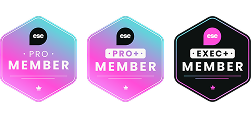


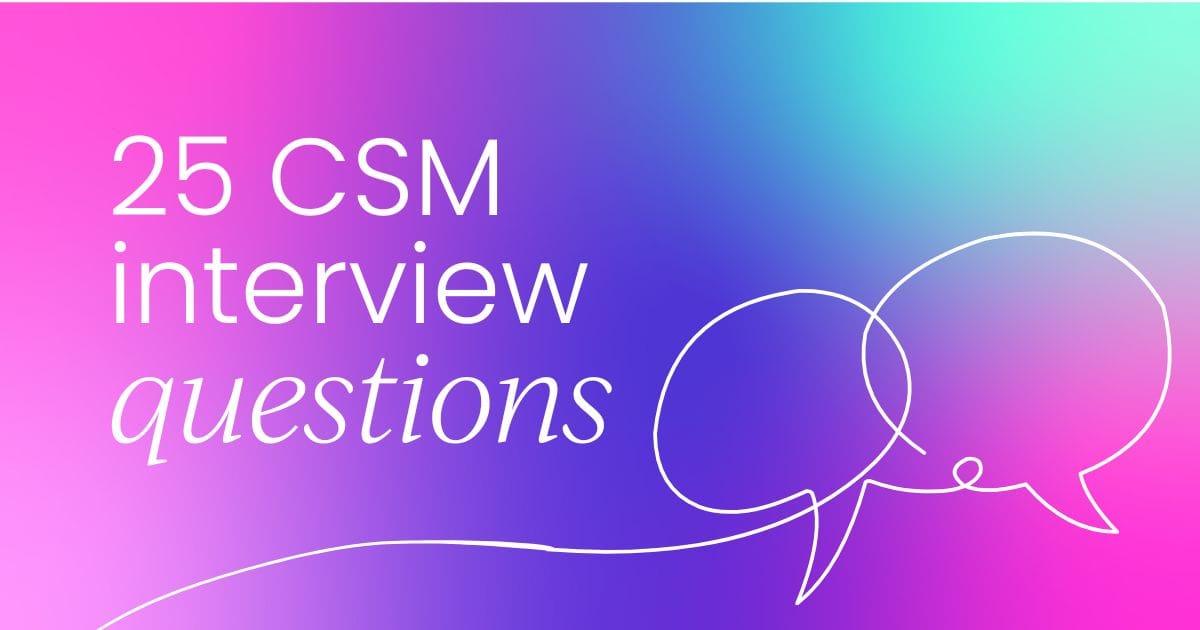
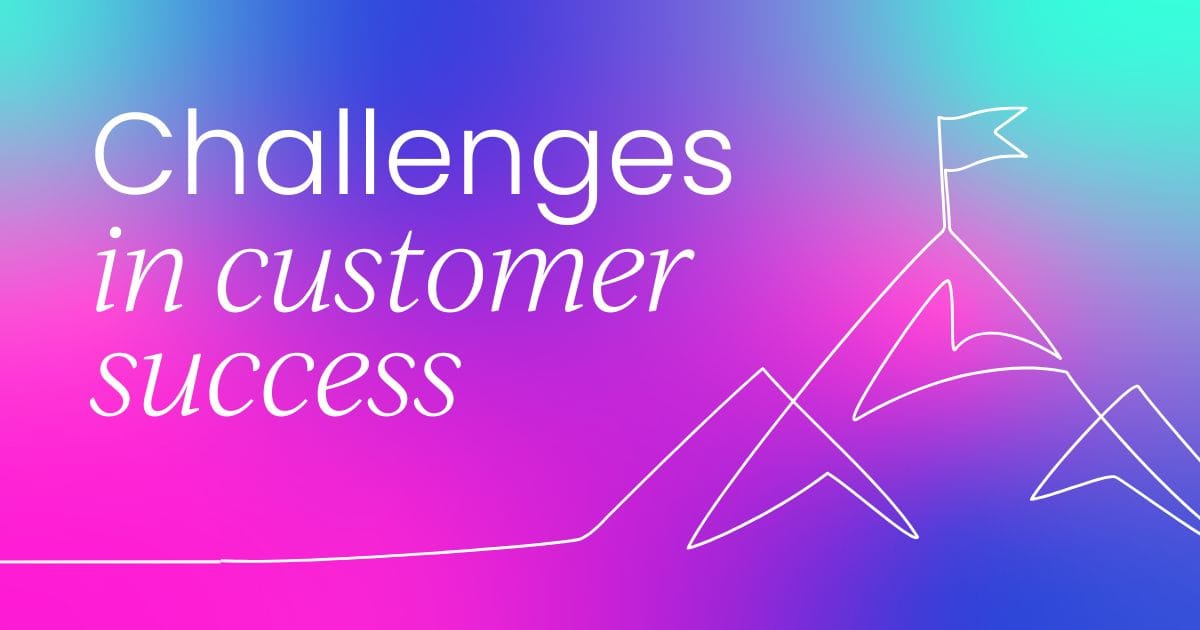
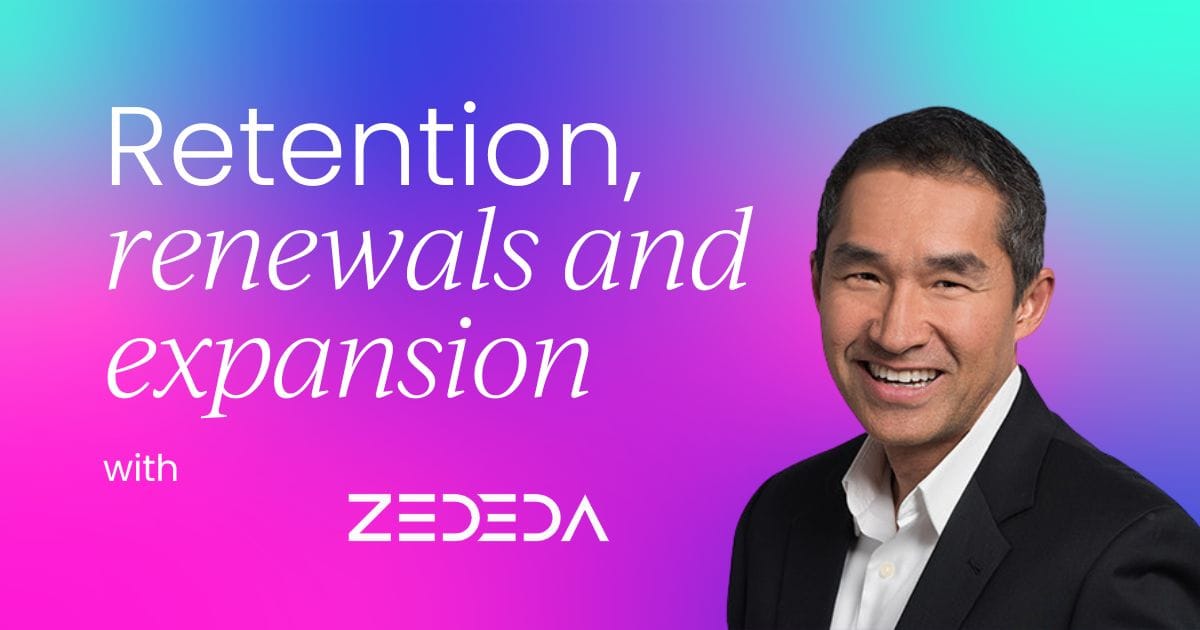
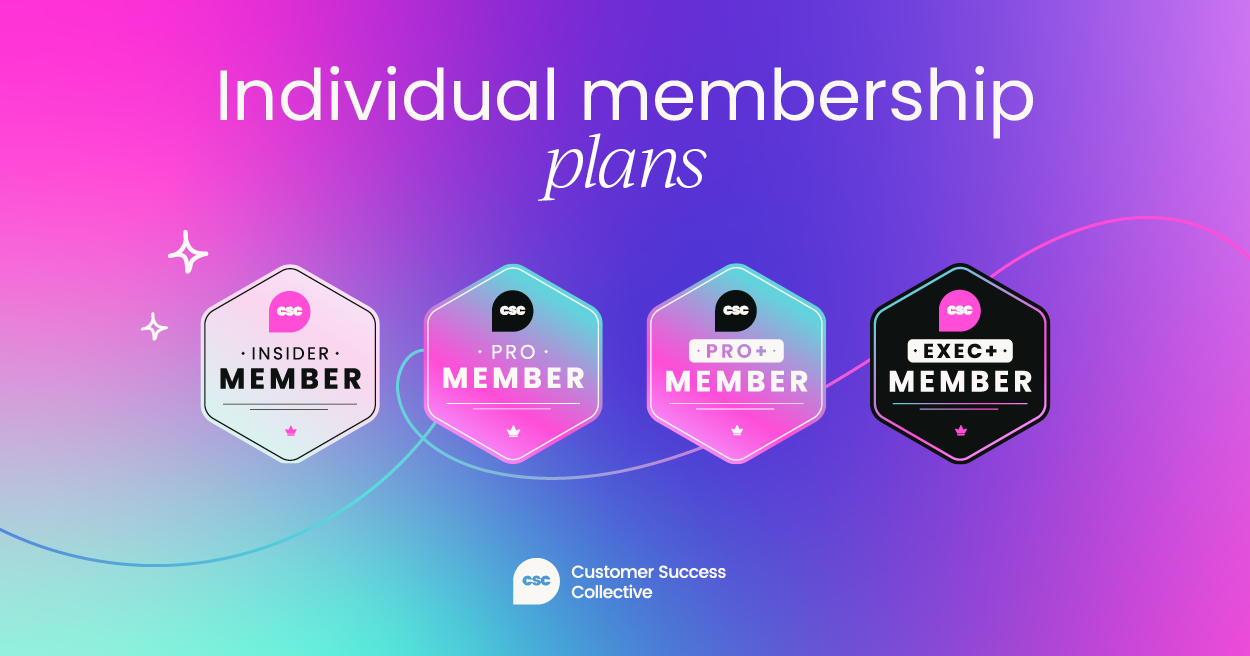
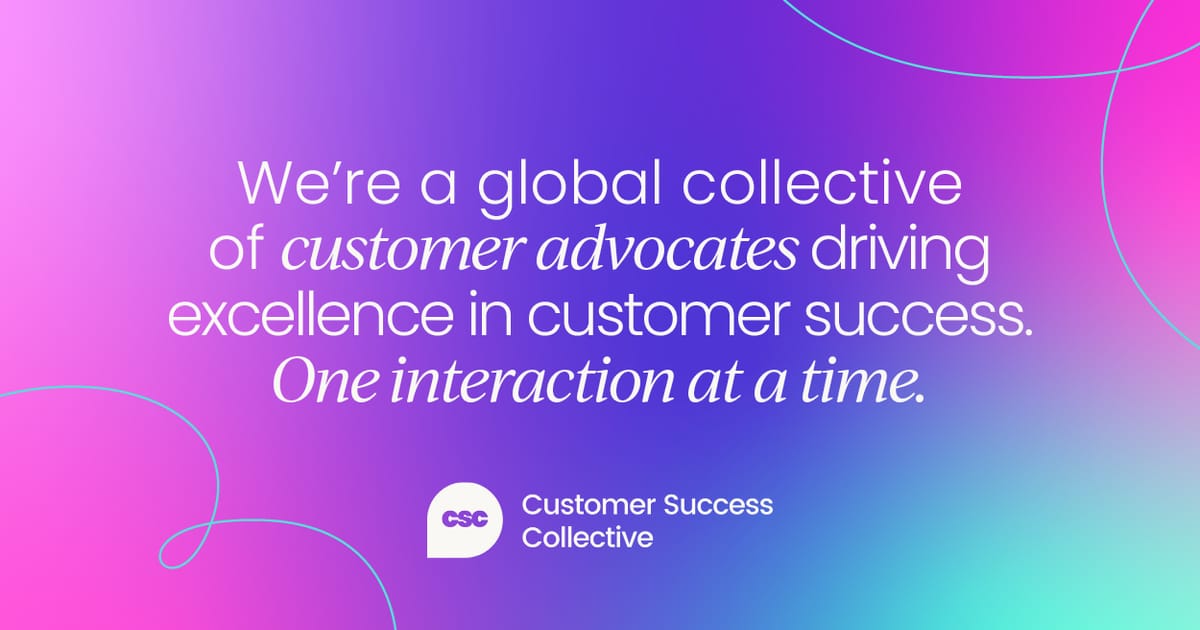


 Follow us on LinkedIn
Follow us on LinkedIn





